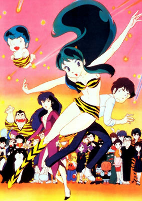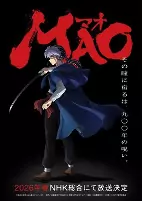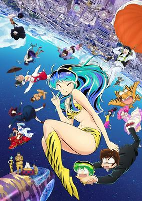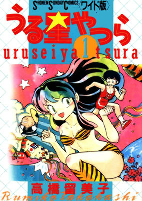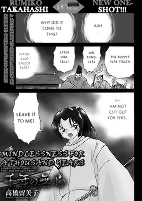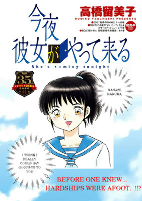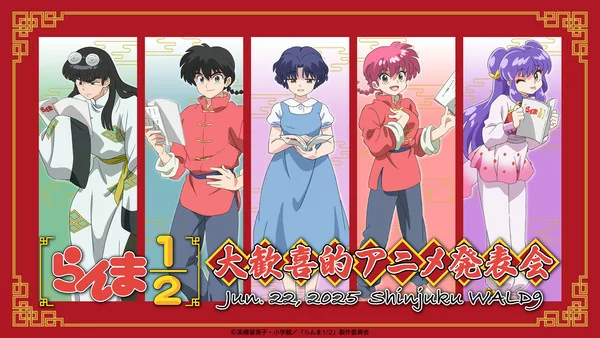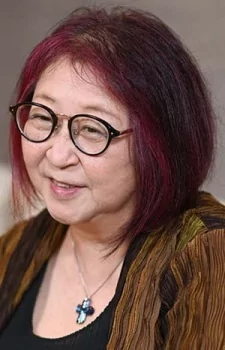
Rumiko Takahashi
Rumiko Takahashi is one of the wealthiest women in Japan and has gained worldwide fame for her manga and anime works. Her creations have been released as both manga and anime in English translation in countries like the United States and Europe, where they are very popular. Many of her series were some of the first to be translated into English and paved the way for other Japanese comics to follow suit. Takahashi is also known as the best-selling female comics artist in history, with over 100 million copies of her various works sold worldwide.
Takahashis interest in manga did not come until later in life. During her college years, she enrolled in Gekiga Sonjuku, a manga school founded by Kazuo Koike, the creator of Crying Freeman and Lone Wolf and Cub. Under his guidance, Takahashi began to publish her first doujinshi creations in 1975, such as Bye-Bye Road and Star of Futile Dust. Kozue Koikes influence on her work can still be seen today.
Takahashis professional career began in 1978 with the publication of Those Selfish Aliens, a comedic science fiction story. She also published Time Warp Trouble, Shake Your Buddha, and the Golden Gods of Poverty in Shounen Sunday that year. Later that year, she attempted her first full-length series, Urusei Yatsura. Despite initial publishing difficulties, it would become one of the most beloved anime and manga comedies in Japan.
In 1980, Takahashi found her niche and began to publish with regularity. She started her second major series, Maison Ikkoku, in Big Comic Spirits, which is often considered one of the all-time best romance manga. Takahashi managed to work on Maison Ikkoku simultaneously with Urusei Yatsura until 1987 when she concluded both series.
During the 1980s, Takahashi became a prolific writer of short story manga, which is surprising considering the massive lengths of most of her works. Her stories The Laughing Target, Maris the Chojo, and Fire Tripper were all adapted into original video animations (OVAs). In 1984, after the end of Urusei Yatsura and Maison Ikkoku, Takahashi took a different approach to storytelling and began the dark, macabre Mermaid Saga. This series of short segments was published sporadically until 1994, with the final story not ending on a conclusive note, leaving many fans to believe it remains unfinished by Takahashi.
Another short work left untouched is One-Pound Gospel, which was also published erratically. The last story to be drawn was published in 2001, but just recently she wrote one final chapter concluding the series. In 1987, Takahashi began her third major series, Ranma ½, featuring a gender-bending twist and became one of her most popular works with the Western world.
During the later half of the 1990s, Takahashi continued with short stories and installments of Mermaid Saga and One-Pound Gospel until beginning her fourth major work, InuYasha. This series was more akin to her dark Mermaid Saga and featured action, romance, horror, fantasy, folklore-based historical fiction, and comedy.
Works with: Original Creator, Original Character Design, Principle Drawing, Character Design, Story & Art, Art,
- Born in
October 9, 1957 - Nationality
Brazilian - Blood Type
A+ - Home Town
- Source
MU - Twitter
rumicworld1010 - Zodiac
Libra
